Since the start of my fellowship over 18 months ago—and certainly before that–the Center for the Future of Museums has been exploring new hiring practices and thinking about how companies are disrupting the hiring process to create more equitable workforces. Traditional measures of hiring for “cultural fit” have resulted in homogenous staffs, where “like hires like.” This language of fit is, of course, not always intended to exclude. The interview process, traditionally, has prioritized making sure that new employees fit into existing workplace cultures. Conventional wisdom holds that fit should ensure team cohesion, reduce friction, and increase productivity. This couldn’t be further from the truth. Studies show that diverse teams are more creative, more resilient. Diverse companies “out-perform non-diverse companies by 35%.” This business case for diversity is compelling; the evidence abounds.
But, the question of how to create diversity in the workplace abounds, too. Taking our cues from innovations in the tech sector, CFM is proud to partner with GapJumpers in our pilot program, FutureLab: Hiring Bias. This project will bring a cohort of museums together to undergo GapJumpers’ full challenge-based blind hiring process. GapJumpers has discounted the cost of their regular process by thirty percent. The American Alliance of Museums is covering another twenty percent of the cost to offer participating museums a total discount of 50% of the regular fee-for-service. Participants will work with GapJumpers to tailor a challenge-based hiring experience to their own staffing needs. We are accepting applications for the first cohort of participants through Friday, April 21, 2017.The project will run from May 1 through September 1, 2017. Participating museums will share their experiences with the field through blog posts and testimonials.
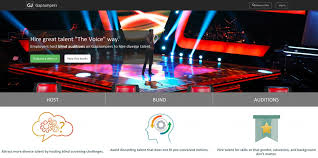 |
| www.gapjumpers.me |
How does it work?
Together with the individual museum, GapJumpers will craft a Blind Skills Audition, part of their proprietary process that replaces the resume with examples of their job skills. Instead of submitting resumes, applicants submit their responses to a specific challenge assignment. The individual challenges are designed by GapJumpers with the input of the museum using natural language processing software. Applicants submit their answers in a digital format and are assessed by GapJumpers according to a rubric developed in partnership with the museum’s hiring manager. The hiring manager only receives an applicant pool comprised of persons who have met the standards of the assessment for review.
Why blind hiring?
Unconscious or implicit bias refers to the preferences, aversions and overall beliefs about individual or group difference that we aren’t actively aware of. We all have them. Factors like non-white-sounding names and shared academic pedigree can engender unintended bias responses in the interview process. Even things like shared extracurricular activities can create implicit class bias, as interests like sailing, polo, and classical musical performance can signal subtle cues about taste and and access to wealth.
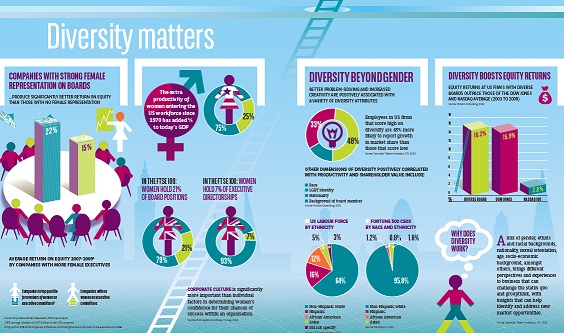 |
| Quintessence Magazine, Autumn 2014 |
Several industries and fields have applied various strategies for reducing the impact of this bias in the hiring process. The Boston Symphony Orchestra famously inaugurated identity-blind auditions in 1952 to increase gender diversity in their overwhelmingly male ranks. Performers were asked to audition behind a screen with their shoes removed. This produced great results: women made nearly half of the candidates who advanced beyond the first round in the process. Today, the tech sector is applying software innovations including natural language processing and artificial intelligence to address the issue of unconscious bias in the hiring process. Companies like Textio use algorithms to assess gendered and age-ist language in the position descriptions. In addition to addressing diversity issues in the training pipeline, Silicon Valley is also looking to software to help make the application review process more equitable. In the spirit of experimenting together, CFM is partnering with GapJumpers to help museums address unintended bias in our field. I believe that the future of museum work depends on the future of museum workers–and that future must be an equitable one.
How do I sign up?
If you are interested in being part of this project, please let me know in the comment box below or email me at nivy (@) aam-us.org. We still have a few more openings for the first cohort and are also signing museums up for the second round of the project, to be tentatively launched in the fall. I will respond directly to you off-line with more specifics and a scope of work. I look forward to hearing from you!
Nicole Ivy
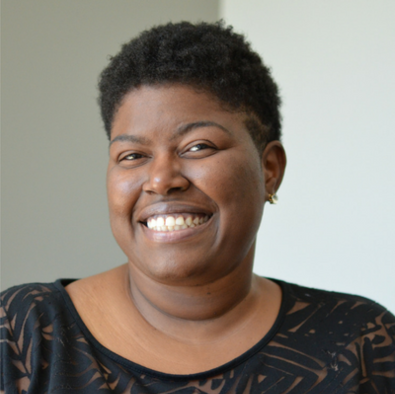
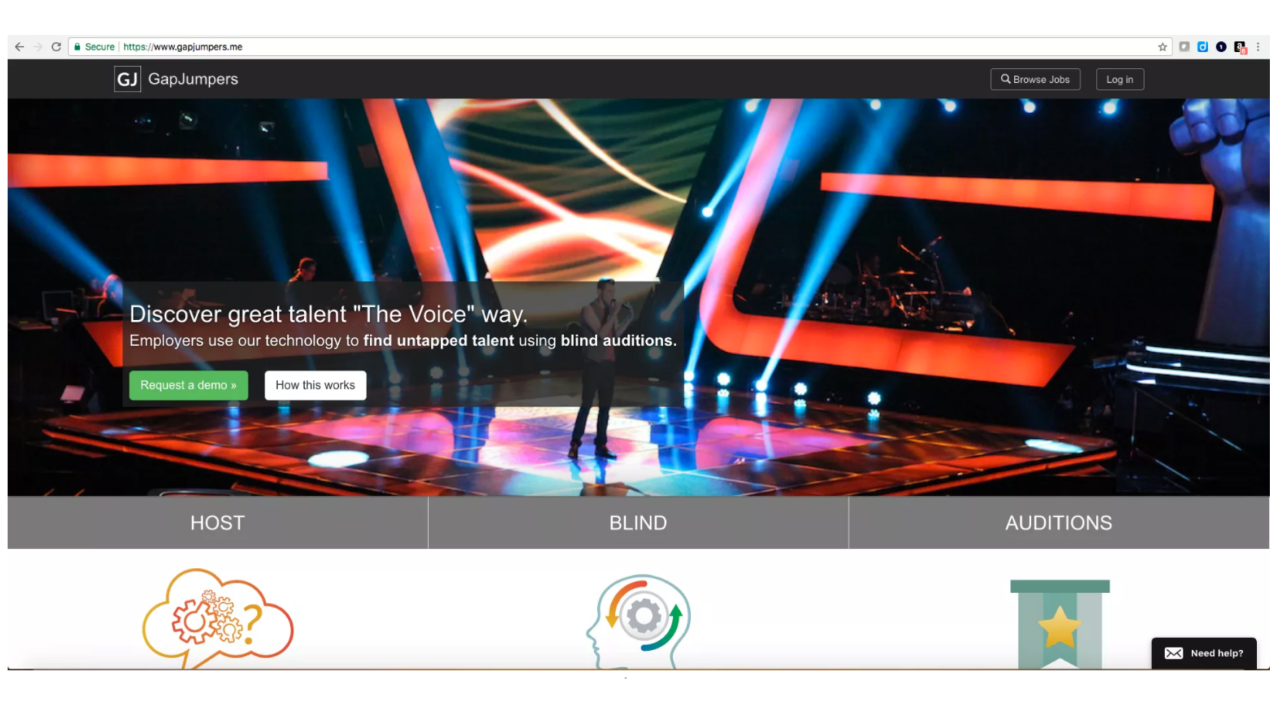







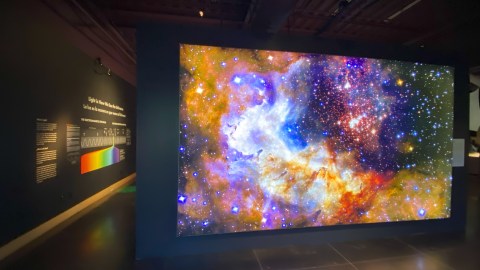


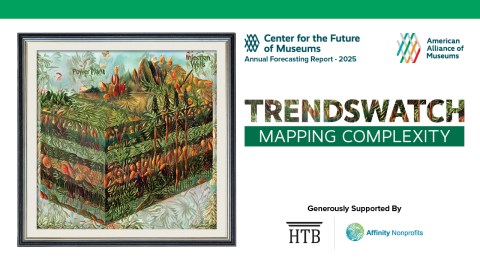
Hello. I am the fabricator for a museum.
I am interested in this project and it's potential.
please let me know more about this. .
Improving salaries in the museum field is a vastly more important issue than hiring bias. Until pay is increased, only people of privilege will be able to afford to choose museum careers; others will select better-paying careers, as two of my younger museum colleagues have done in the last six months. And Donald Trump's attacks on the social safety net will exacerbate this trend.
Hi Crow Cianciola, thank you for your interest! I welcome the opportunity to talk with you and your museum's leadership and staff about the project. Please email me at nivy (at) aam-us.org.
Elizabeth Stewart, I agree that low salaries are barriers to entry in the field–especially in light of the rising costs of education and the ever-increasing amounts of student debt that emerging and aspiring museum professionals face. Elizabeth Merritt engages the questions you rightfully raise in her 2014 post, "The Museum Sacrifice Measure" (http://futureofmuseums.blogspot.com/2014/09/the-museum-sacrifice-measure.html).
Reducing hiring bias is only one part of the larger work of encouraging equity in our field. Hoe does workplace culture in our museums limit our ability to recognize bias? How does workplace culture encourage or prohibit harm among our staffs? What are our plans for retention once we've diversified our hiring pools? None of these questions can be fully addressed by a focus on hiring bias alone. Examining the hiring phase of the pathway to museum employment is one important step of many.
I admit to not having the solutions for the questions of pay increase. I do know, however, that people without privilege continue to choose museum careers–and that they do so for a variety of reasons. I wonder how we might think through the questions of labor–of fair pay and equitable hiring practices–and move toward wage parity and equity in our field in light of the push-factors that you outline above.
Hello I am interested in this project I would be interested in receiving additional information
Mtorres, please let me know your email address. You can reach me at nivy (at) aam-us.org! Looking forward to hearing from you!!
Hi Nicole,
I am VERY interested in participating in this project and learning more. Please let me know what I need to do to get involved. My Aquarium email is tmerry@mbayaq.org Thanks!